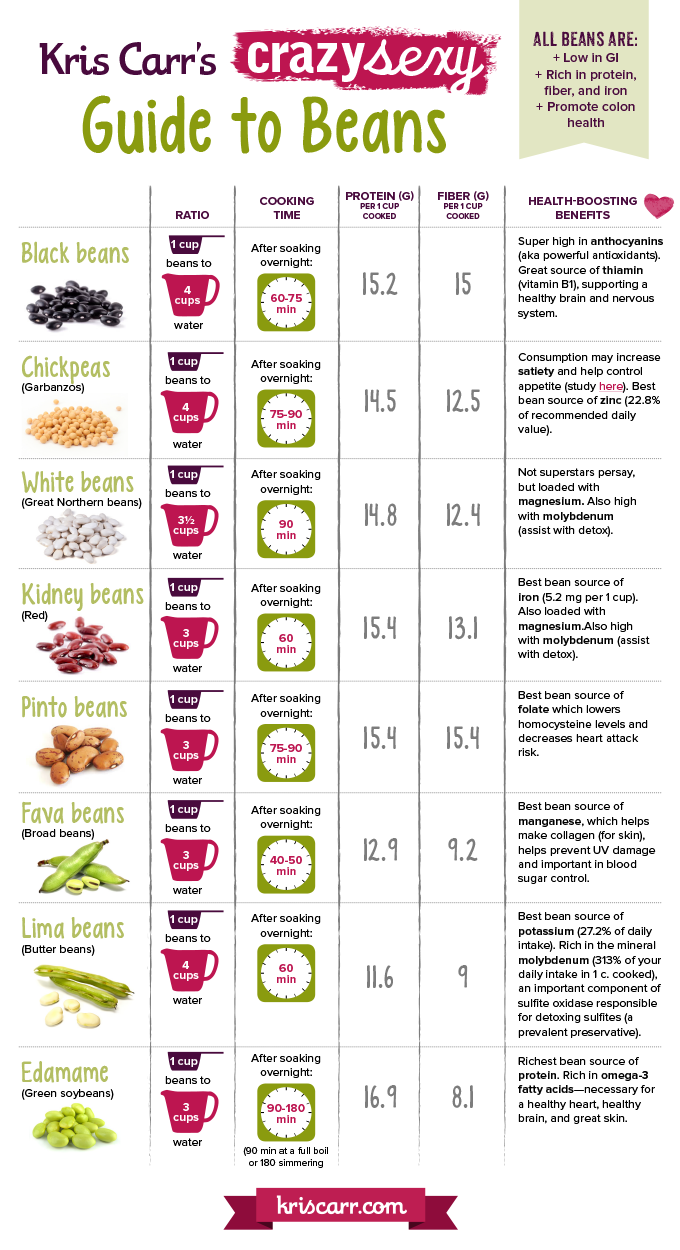Step 1: Draw Your Beans A Bath
Place them into a bowl filled with water. Swish the little suckers around, strain, and repeat until the water is clear. This helps to remove dusty residue and the occasional dead bug (ew!), not to mention stones. Yup, from time to time you might find a little rock in your batch. Protect your choppers with a quick sift.
Step 2: Soak, Soak, Soak!
As we just mentioned, soaking your beans overnight will greatly reduce enzyme inhibitors and phytic acid, making them easier to digest (less toots!). Just be sure to use fresh water for cooking. Even if you can only soak them for a few hours, it helps and your body will thank you. And get this: soaking beans for around 18 hours can reduce phytic acid by 50 to 70 percent. Dang! Plus, soaking your beans first will reduce cooking time.
Bean Bonus: Adding a piece of kombu (seaweed) increases the effectiveness of this process.
Step 3: Boil, Baby!
Just about all dry beans have a similar cooking method. Start with cold water and beans in a large pot. Bring to a boil and then turn down to a simmer. Cover the pot, leaving the lid tilted just enough to allow some steam to escape. Beans are done when they are tender and the skin is still intact.
Tip time: What’s Up With Salt?
Salt pulls moisture from beans, so wait until they’re almost tender then add salt to the cooking water. You’ll avoid adding too much sodium, which would just get lost during the cooking process."
 See more about how to cock beans from Kris Carr
See more about how to cock beans from Kris Carr